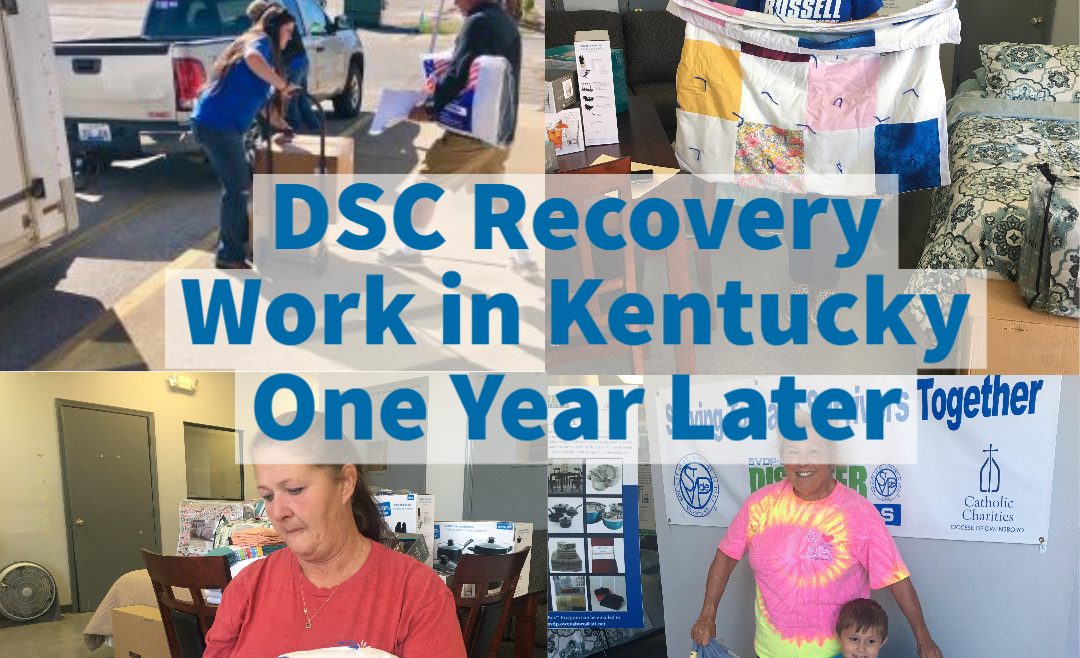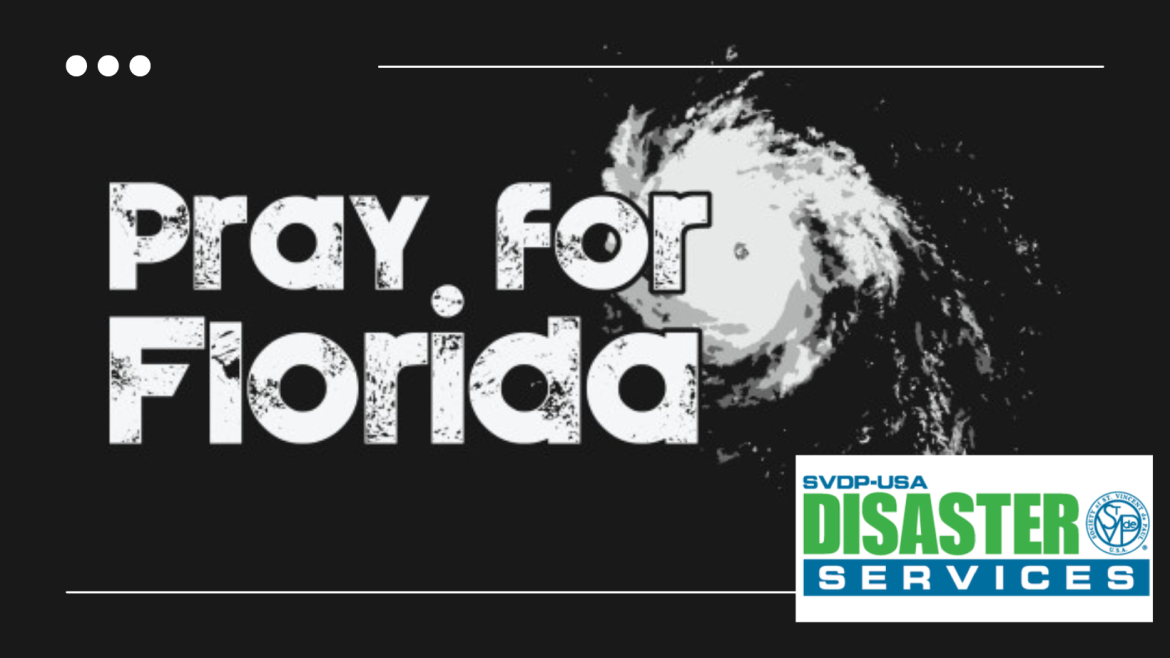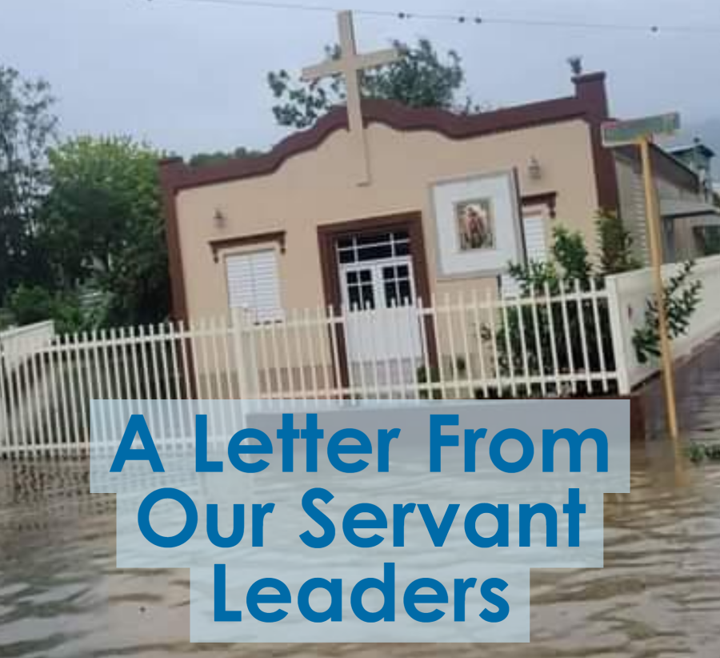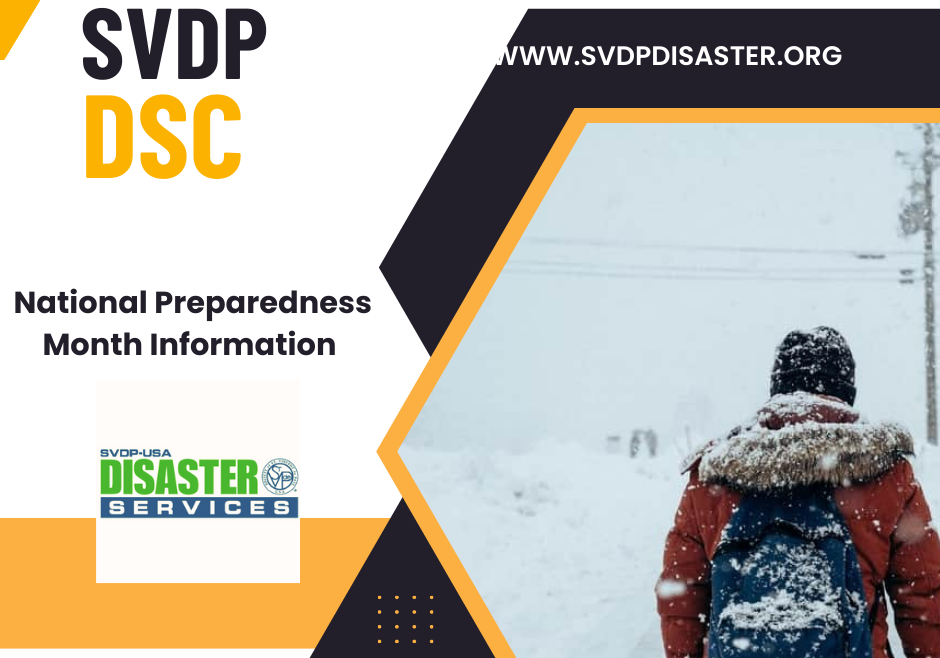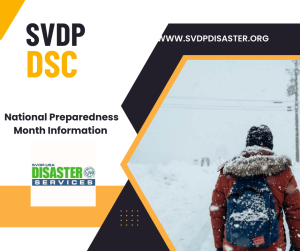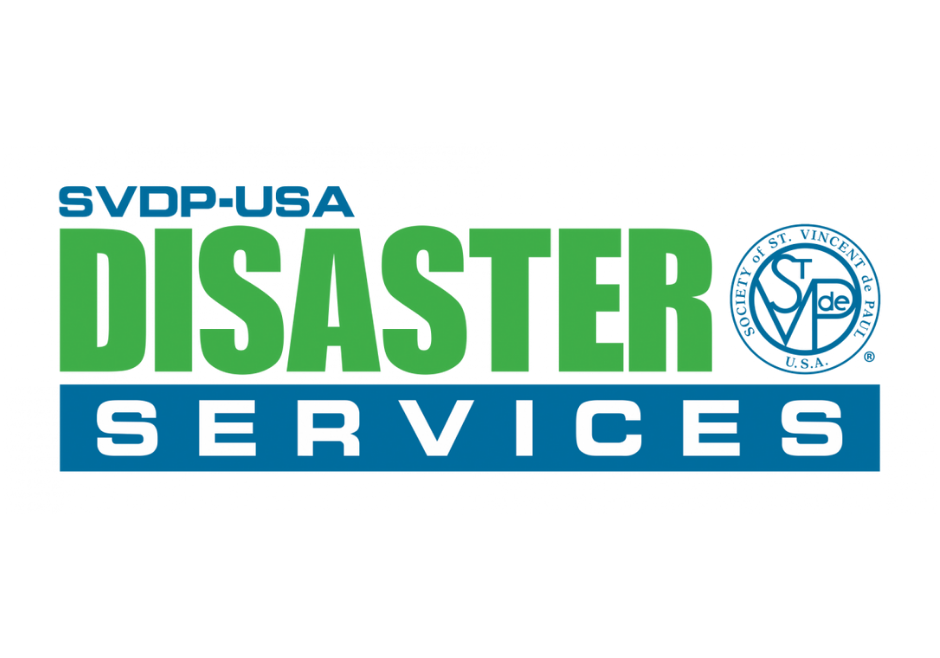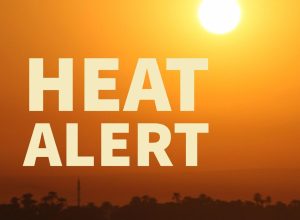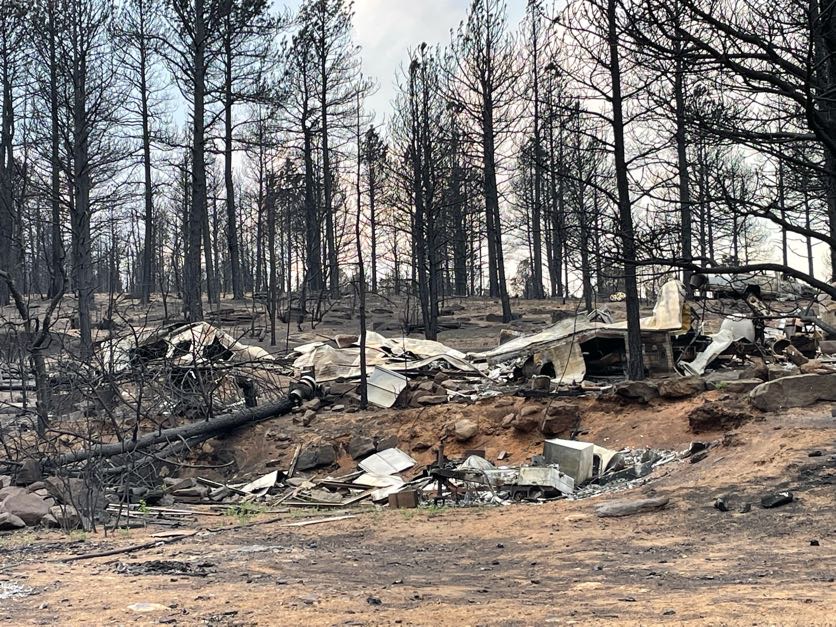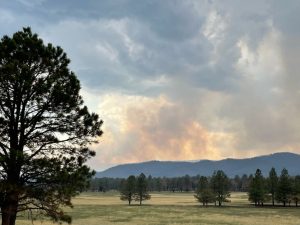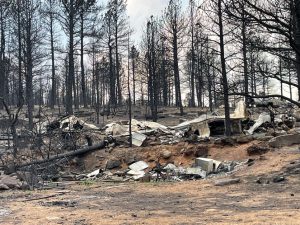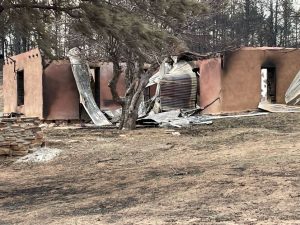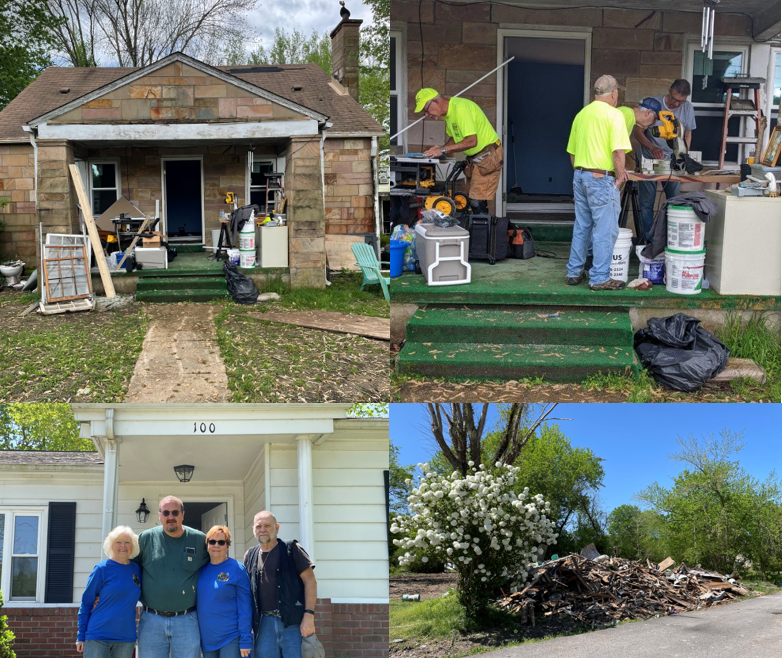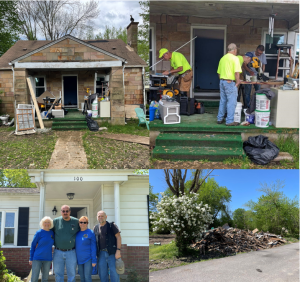Life is a whirlwind every year, but nothing compares to this past year in Kentucky. December 10, 2021 is a date that will always be remembered as one of the worst disasters to hit the state of Kentucky in modern times. This devastating tornado ripped through 11 Counties, with a 165.7 mile-long path was the longest for a tornado in U.S. history. All of the areas hit are served by the Diocesan Council of Western Kentucky. Two of the worst hit community’s were Mayfield, which saw its downtown business area demolished, and Bremen which saw every home demolished.
Immediately following the disaster, the Diocesan Council of Western Kentucky’s Board of Directors and Executive Director, while never having faced a disaster of this magnitude, quickly met to discuss their immediate role and long-term goals. It was identified that long-term recovery efforts would focus on working in partnership with SVdP-USA Disaster Services to provide the national House in a Box™ program. Additionally, Catholic Charities of the Diocese of Owensboro took the lead in providing disaster case management throughout Western Kentucky. Catholic Charities also provided an initial $150K grant to provide House in a Box™. Knowing that additional significant funding was required, the Diocesan Council of Western Kentucky wrote a collaborative grant with DSC to the American Red Cross (ARC) for $1.7MM.
Diocesan Council of Western Kentucky CEO/Executive Director Richard Remp-Morris says, “This has been a humbling experience, meeting the tornado survivors and hearing their horrific stories. I’ve felt an overwhelming sense of gratitude and support in serving those in need with fellow Vincentians, DSC, Catholic Charities, VOAD (Voluntary Organizations Active in Disasters), and Long-Term Recovery groups. After receiving our $1.7M grant, we set-up an 8000 sq. ft. disaster relief warehouse in Owensboro. The warehouse is staffed by Warehouse Manager Patrick Clary, and two support staff: Herbert Allgood and Lee Wilson. “I enjoy providing these House in a Box units to the surviving families. Seeing the relief in their eyes means that I have done my job. DSC has provided me and my staff an easy-to-follow plan for managing the warehouse. I especially appreciate all the necessary forms, and inventory lists provided,” Clary said. “To date the Diocesan Council of Western Kentucky has served more than 50 families with our ARC grant funding. We anticipate serving 350 families total, the ability to serve more families will be possible if additional funding is provided.” stated CEO/Executive Director Richard Remp-Morris
“There have been many stories that survivors have wanted and needed to share with us, each tragic in their own way” says Diocesan Council of Western Kentucky Marketing Coordinator Belinda Abell. “One story specifically stands out for me. The Oglesby family lost so much; their five-month-old baby was ripped from his mother’s arms, each of the parents were hurt physically with the mother paralyzed from the chest down. Yet when Mr. Oglesby told me about it, he had great hope that his wife would regain her ability to walk, how God has been there with them every step of the way.”
Ms. Abell continued with a different perspective, “Then we have 4-year-old Ryker who kept telling us, “this is enough stuff” as his House in a Box™ was loaded up. His Grandmother said every time it becomes cloudy he wants to know if a tornado is coming.” “We remain committed to this work and look forward to serving survivors over the next 16 months. We may not have been as prepared for a disaster as other Councils, but Western Kentucky is known for taking care of its own. I have been honored to see our Vincentians and Community Partners come together to put our faith into action,” says Nancy Harris, President, Diocesan Council of Western Kentucky.

